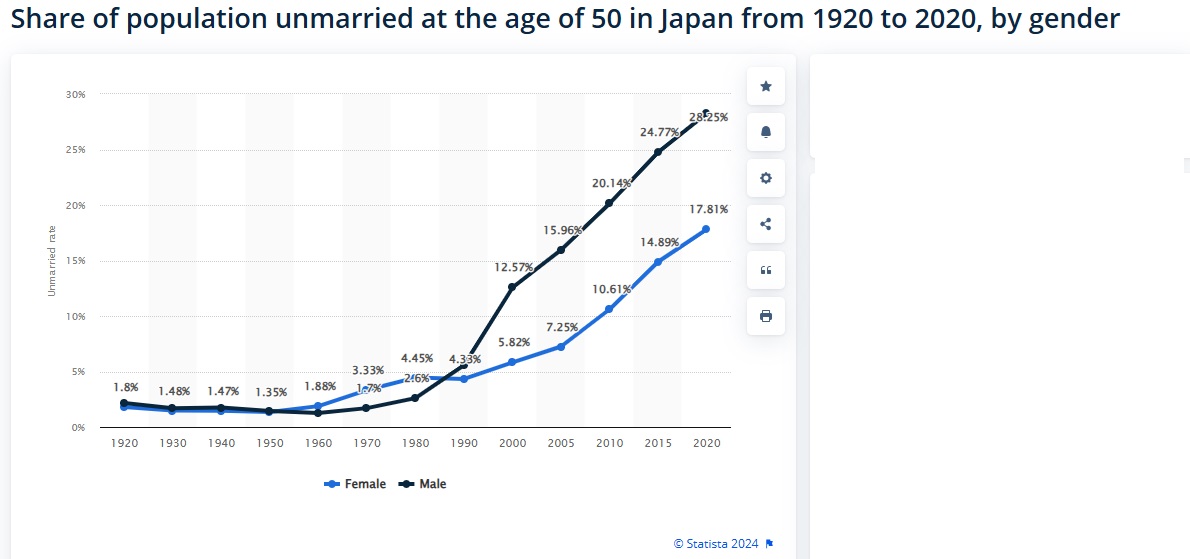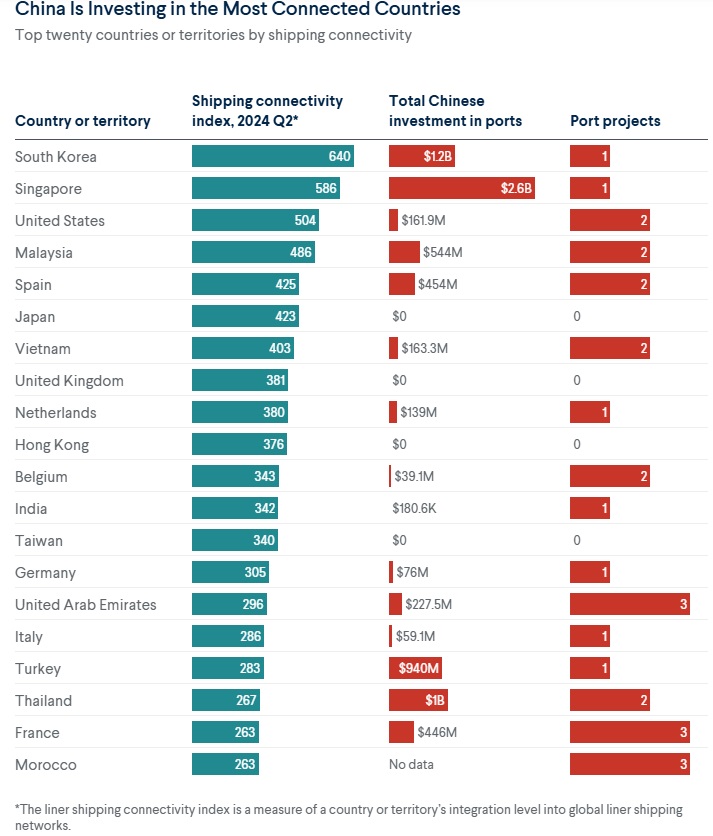Over the last week we kept seeing headlines about standing ovations at the Venice Film Festival. Fair enough except they are always for inordinate lengths of time. A nine minute standing ovation for the movie, Queer, 13 minutes for The Brutalist. And 17 minutes for The Room Next Door. 17 minutes! I guess we don’t doubt that these reports are true—reporters wouldn’t make this up, right? But they seem unbelievable nonetheless.
A 17 minute standing ovation? That’s almost the length of an entire Seinfeld episode. If it’s true and they really are on their feet that long clapping, then what the hell is wrong with them? We would become bored out of our mind standing and clapping at something that long. Maybe while standing people are in fact pulling out their phones and checking scores of soccer matches, swiping right on dates for the night and making reservations at restaurants. Maybe they activate an applause app while doing these other activities so they can still simulate the sound of clapping while taking care of other things. But isn’t this all more evidence for the vanity, ego and self-indulgence of those working in the arts? The endless awards, and the overly emotional responses to receiving such awards? This over applauding is just another symptom. Does a movie really rate nearly sitcom episode long applause?
Would these people at the Venice Film Festival ever stand outside of Pfizer applauding the scientists and researchers who developed the Covid vaccine in record time? Or the construction workers building housing that will reduce homelessness, or the construction workers’ bosses untangling mountains of permitting regulations so the workers can hammer and saw those homes into existence? We are libertarian in such matters but advocate strongly for film festival audiences to stop their over applauding (except for Please Hold, though come to think of it a 17-minute standing ovation would be nearly two and a half times the length of our film debut). But we applaud certain former Soviet countries’ economic success, gasp politely at Japan paying women to marry and leave Tokyo, and appraise China’s role with ports in the world. It’s this week’s International Need to Know, a searing documentary of international information, an incisive exploration of global data.
We will be making the world safe for democracy next week but will return with an all new International Need to Know on September 19th.
Without further ado, here’s what you need to know.
Who Thrived In a Post-Soviet World?
How a country is governed, who leads it, what economic policies it chooses? Believe it or not these actually matter. We explored the World Bank’s data mapper over the Labor Day Weekend as one is wont to do when they don’t feel like barbecuing. The mapper included an interactive chart that shows income per capita of middle income countries relative to the United States has been stagnant for decades. Putting that aside, we got curious and started selecting countries to add to the chart and eventually looked at former Soviet Union countries. Estonia is the superstar. Czechia (former Czech Republic) and Latvia are all stars. But Poland is no slouch and has performed remarkably well in the last few years. Look at who hasn’t done well: Hungary and Russia. Hungary started off higher than many of the other countries but has now fallen behind some of these countries. The death cult masquerading as a country that is Russia is the definition of stagnant. What do these two countries have in common? Yes, they both have bad governing systems with Hungary trending towards authoritarianism and Russia downright despotic. Authoritarianism is not usually productive. Let’s hope our world doesn’t have to continue to re-learn this lesson over and over.
Japan Pays Women to Marry and Leave Tokyo
Last week we discussed government efforts to increase fertility. This week comes news that Japan is providing cash incentives to unmarried Japanese women to move out of Tokyo to rural areas. According to an article in The Asahi Shimbun, the new system dubbed “Vision for a Digital Garden City Nation” (we will not make a joke, we will not make a joke, we will not make a joke—bites tongue to point of bleeding), will provide $4100 to “newlywed women who move from Tokyo’s 23 wards to rural areas.” So this is not strictly a fertility incentive bur rather an attempt to encourage women to marry men in rural areas. This is an effort to rebalance the female-male demographics in these areas. According to the article, “Excluding Tokyo, Japan had around 11 million unmarried men and 9.1 million single women aged 15 to 49 in 2020.” This Vision for a Digital Garden City Nation (what does that even mean?), builds off an existing national program to encourage men and women to move to rural areas and some local government efforts as well. Like the idea of raising mother’s status through “glorious” awards, we’re also skeptical of how well this will work. But we do look forward to traveling to a Digital Garden City Nation.
China Corner: China And The Ports
China dominates world trade and manufacturing. Both exporting and manufacturing as a percent of global GDP are far above its economy’s share of GDP. So it’s not surprising that China is interested in the entities that ensure products get to customers worldwide: ports. The Council on Foreign Relations tracks China’s investment in overseas ports. As you can see in CFR’s graphic below, China is worldwide. According to CFR’s tracker, there are 129 port projects outside of China with some level of Chinese investment. 17 port projects have majority Chinese ownership. And, “14 port projects with majority Chinese ownership where there is physical potential for naval use.” Some of these projects occurred as part of China’s Belt and Road initiative, which we don’t hear too much about nowadays. All of it is to help China continue to build up its manufacturing and export capacity, so its economy can continue to grow. But as we noted in a Substack article last week, other countries, not just the U.S., are increasingly pushing back. Many of the places where China is investing in ports, for example, South Korea and Vietnam, are places where Chinese manufacturers are moving their assembly plants. This is a diversification of supply chains, even if China is connected to them.





